The History and Philosophy of Yoga
Yoga, with its deep roots in ancient India, is not merely a physical practice but a holistic philosophy that encompasses the mind, body, and spirit. Its history is rich and complex, intertwined with the spiritual and cultural tapestry of the Indian subcontinent. In this exploration, we will delve into the history and philosophy of yoga, tracing its evolution from its ancient origins to its modern-day manifestations.
The Origins of Yoga
Yoga’s origins can be traced back over 5,000 years to the Indus Valley Civilization in what is now modern-day Pakistan and northwest India. The earliest known written records of yoga come from the ancient Indian texts known as the Vedas, particularly the Rigveda, which contains hymns and rituals related to the practice of meditation.
The Classical Period of Yoga
The classical period of yoga began around 500 BCE with the compilation of the Upanishads. These texts explored the nature of reality, the self (Atman), and the divine (Brahman). Within this philosophical context, the concept of yoga as a means to unite the individual soul with the universal consciousness began to emerge.
The Yoga Sutras of Patanjali
Around the 2nd century BCE, the sage Patanjali composed the Yoga Sutras, a foundational text that outlined the philosophical principles and practices of yoga. Patanjali’s eightfold path, known as Ashtanga Yoga, includes ethical guidelines (Yamas and Niyamas), physical postures (Asanas), breath control (Pranayama), and meditation (Dhyana), among other components.
The Bhagavad Gita and Karma Yoga
The Bhagavad Gita, a revered Hindu scripture, features a conversation between Prince Arjuna and Lord Krishna. In it, Krishna imparts wisdom on the path of action (Karma Yoga) as a means of self-realization. This text emphasizes the importance of selfless service and devotion in achieving spiritual growth.
Hatha Yoga and the Physical Practice
The physical aspect of yoga, known as Hatha Yoga, gained prominence around the 9th century CE with the development of asanas (physical postures) and pranayama (breath control techniques). Hatha Yoga sought to balance and harmonize the body and mind, preparing the practitioner for deeper spiritual practices.
Yoga in the Modern World
Yoga reached the West in the late 19th and early 20th centuries, and it underwent various transformations to suit Western lifestyles and needs. Today, there are numerous yoga styles, including Vinyasa, Bikram, and Kundalini, each emphasizing different aspects of the practice, from physical fitness to spiritual awakening.
The Philosophy of Yoga Today
Yoga’s philosophy endures as a path to self-realization, self-acceptance, and inner peace. It encourages mindfulness, compassion, and the exploration of one’s inner world. While physical postures are a visible aspect of yoga, the true essence lies in the union of individual consciousness with the universal.
Conclusion
The history and philosophy of yoga provide a profound framework for holistic well-being, encompassing not only physical health but also mental and spiritual growth. As yoga continues to evolve and adapt in our modern world, its timeless wisdom serves as a beacon guiding individuals on their journeys of self-discovery and self-transformation, fostering harmony between mind, body, and spirit.



